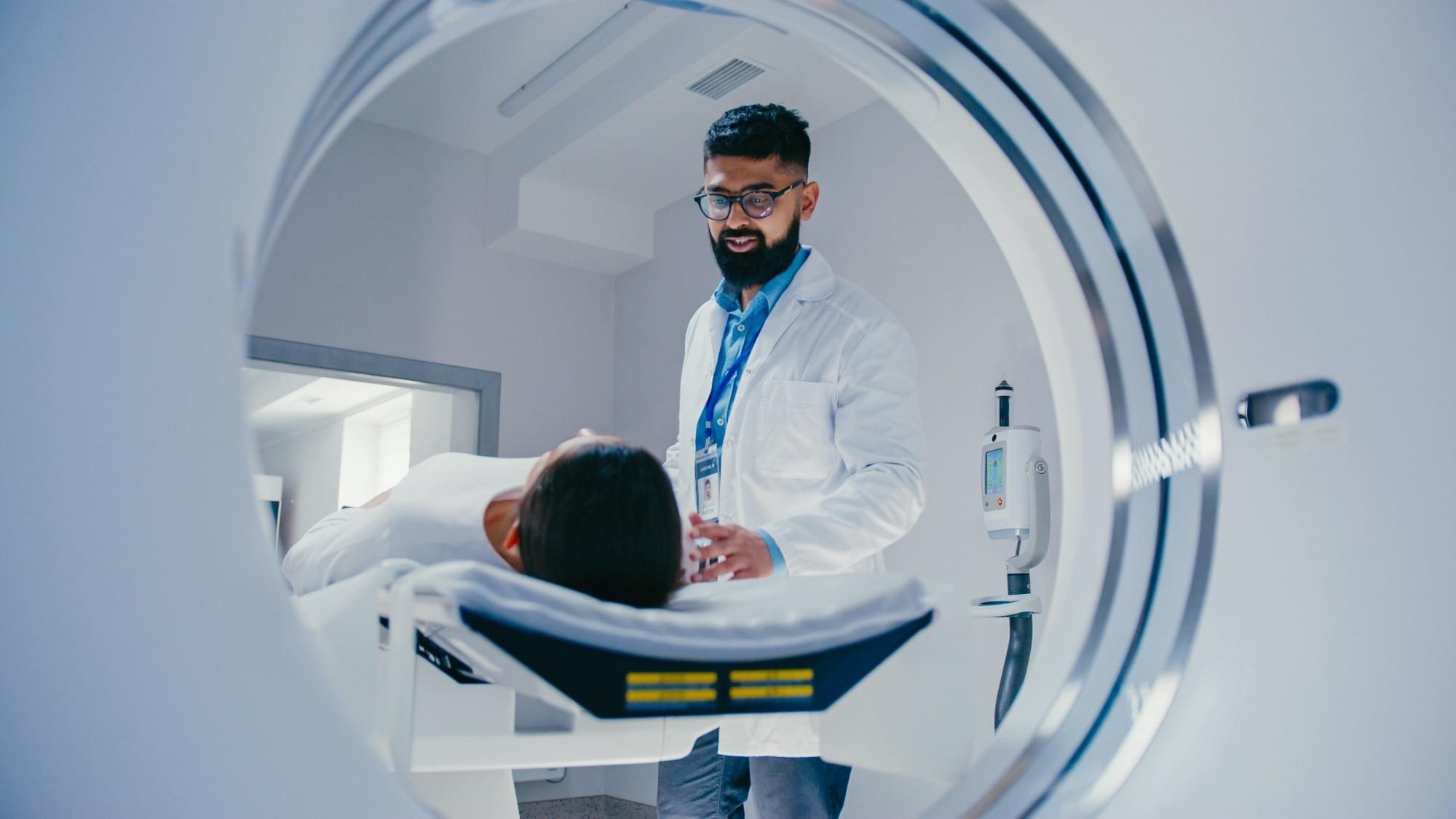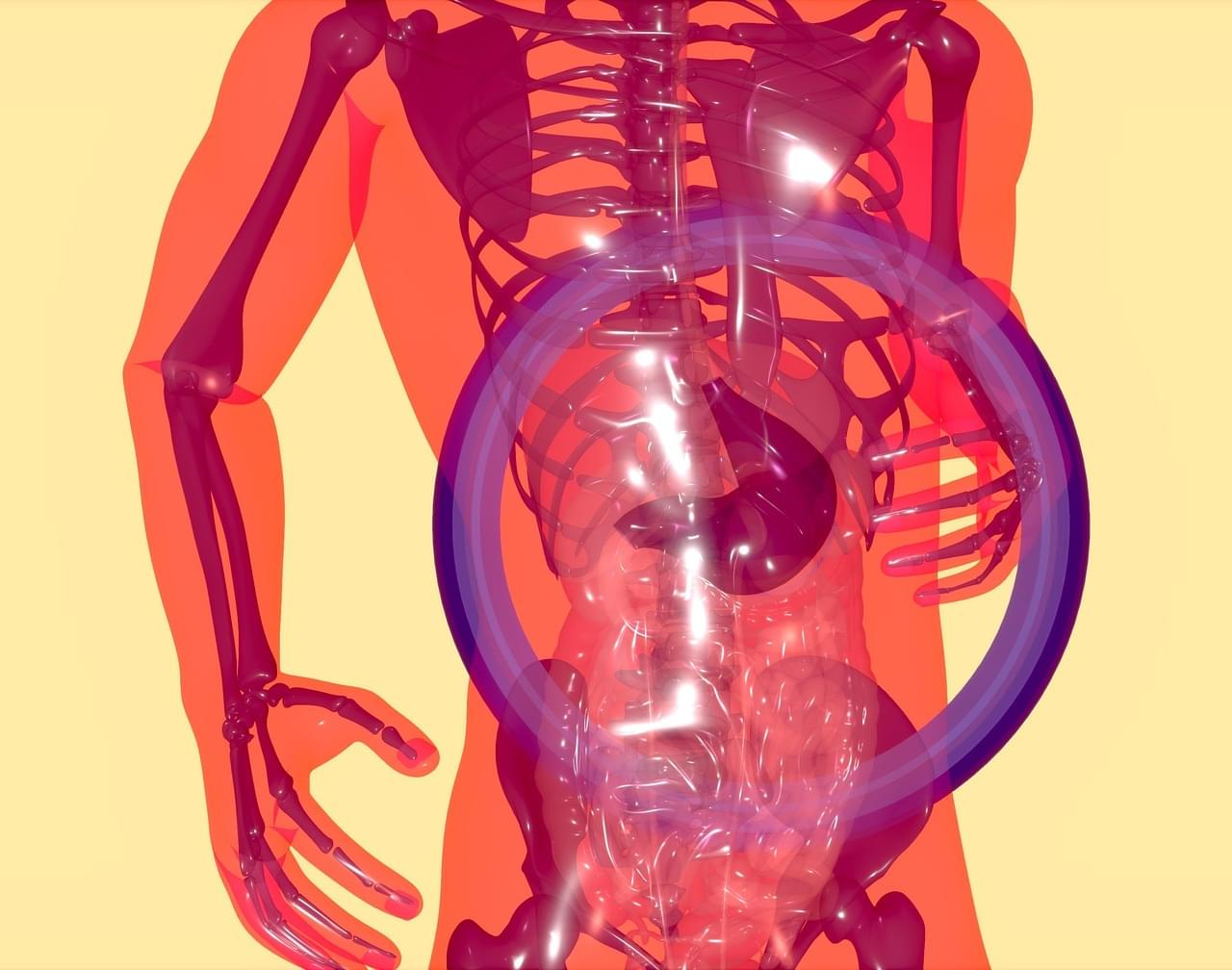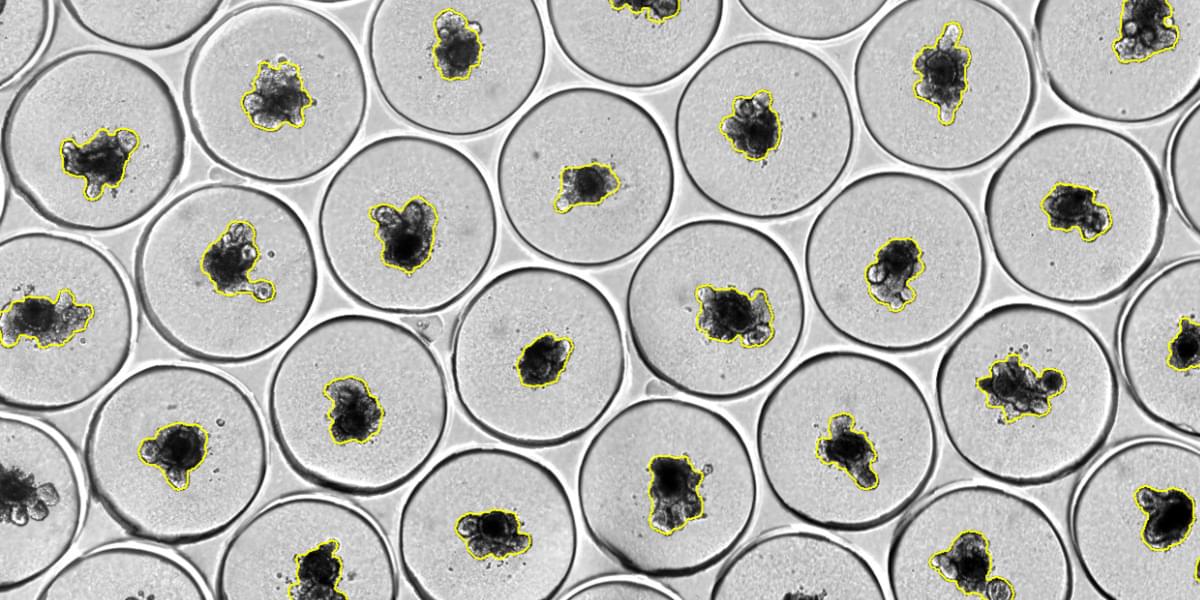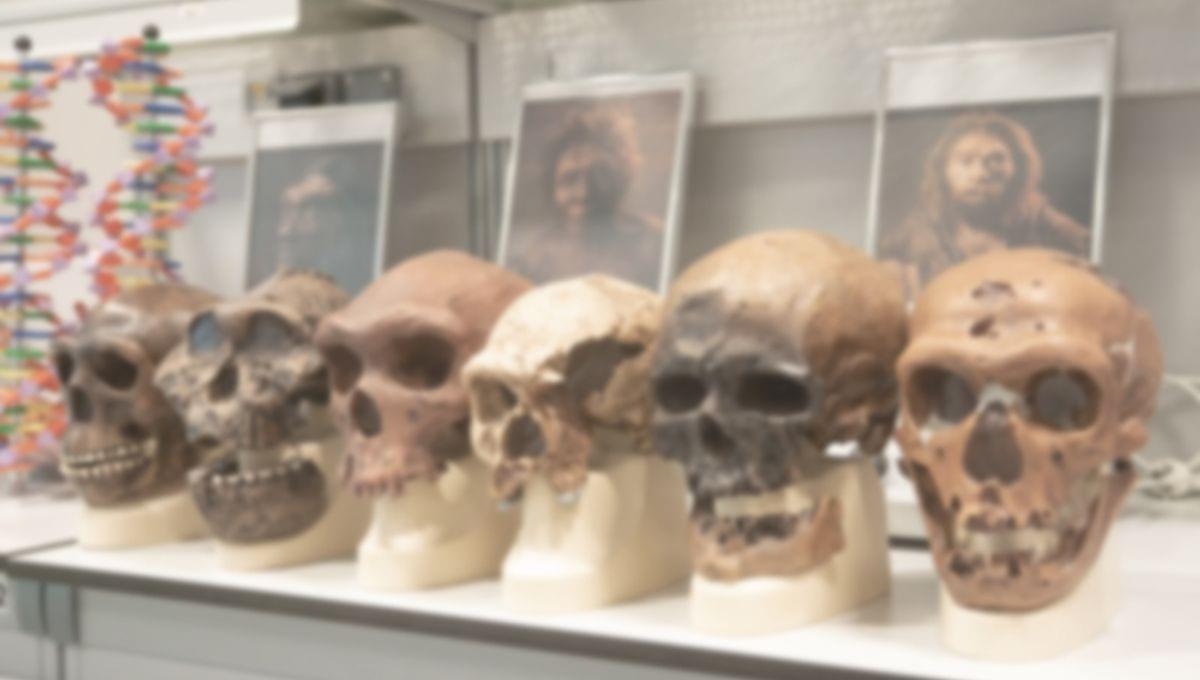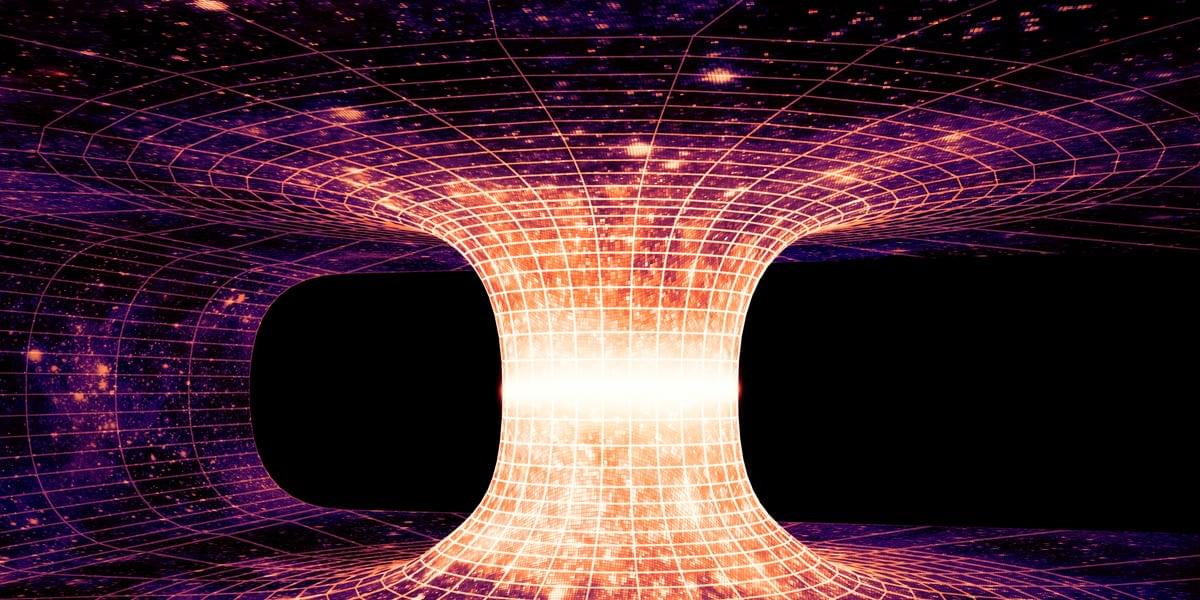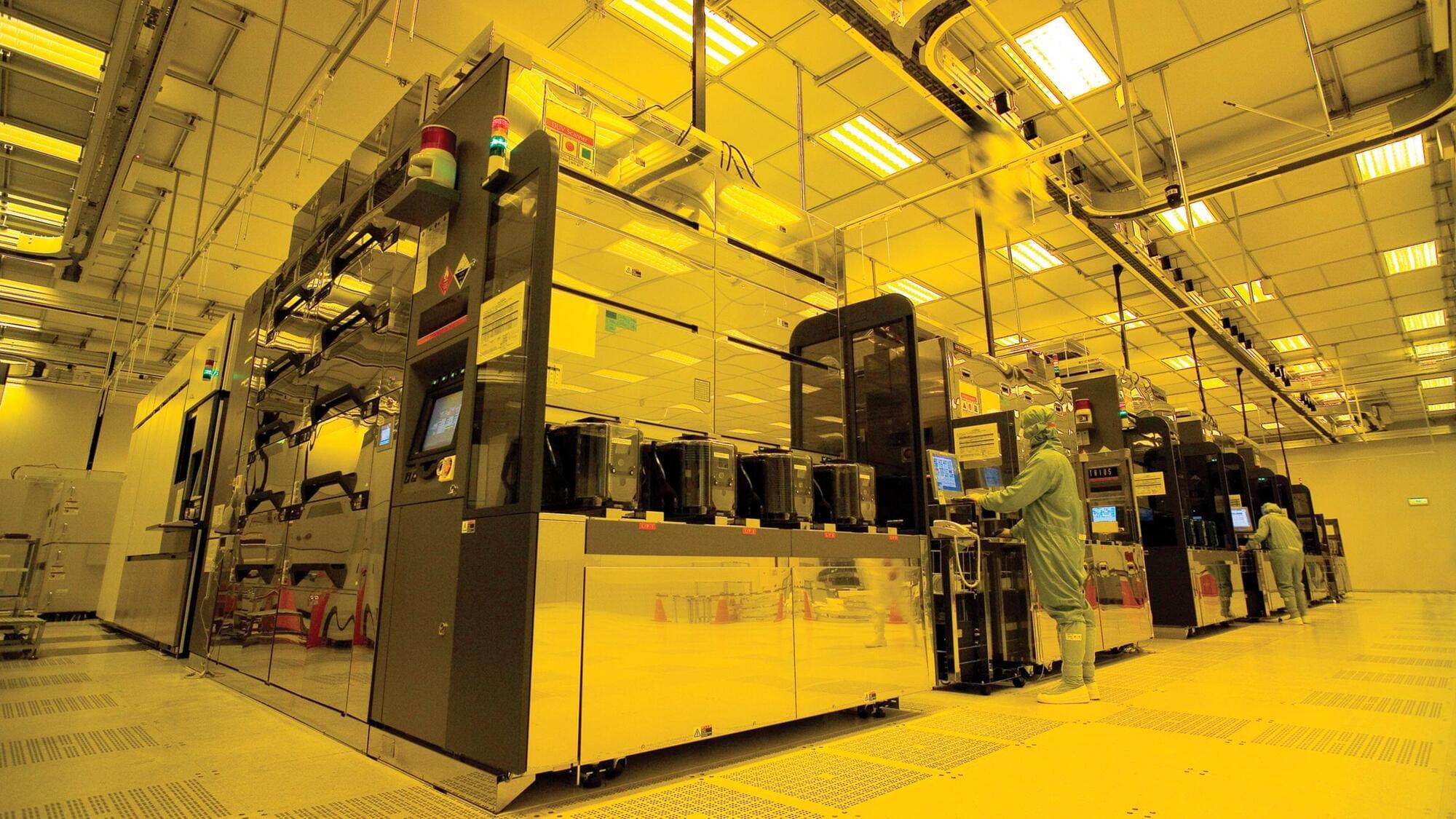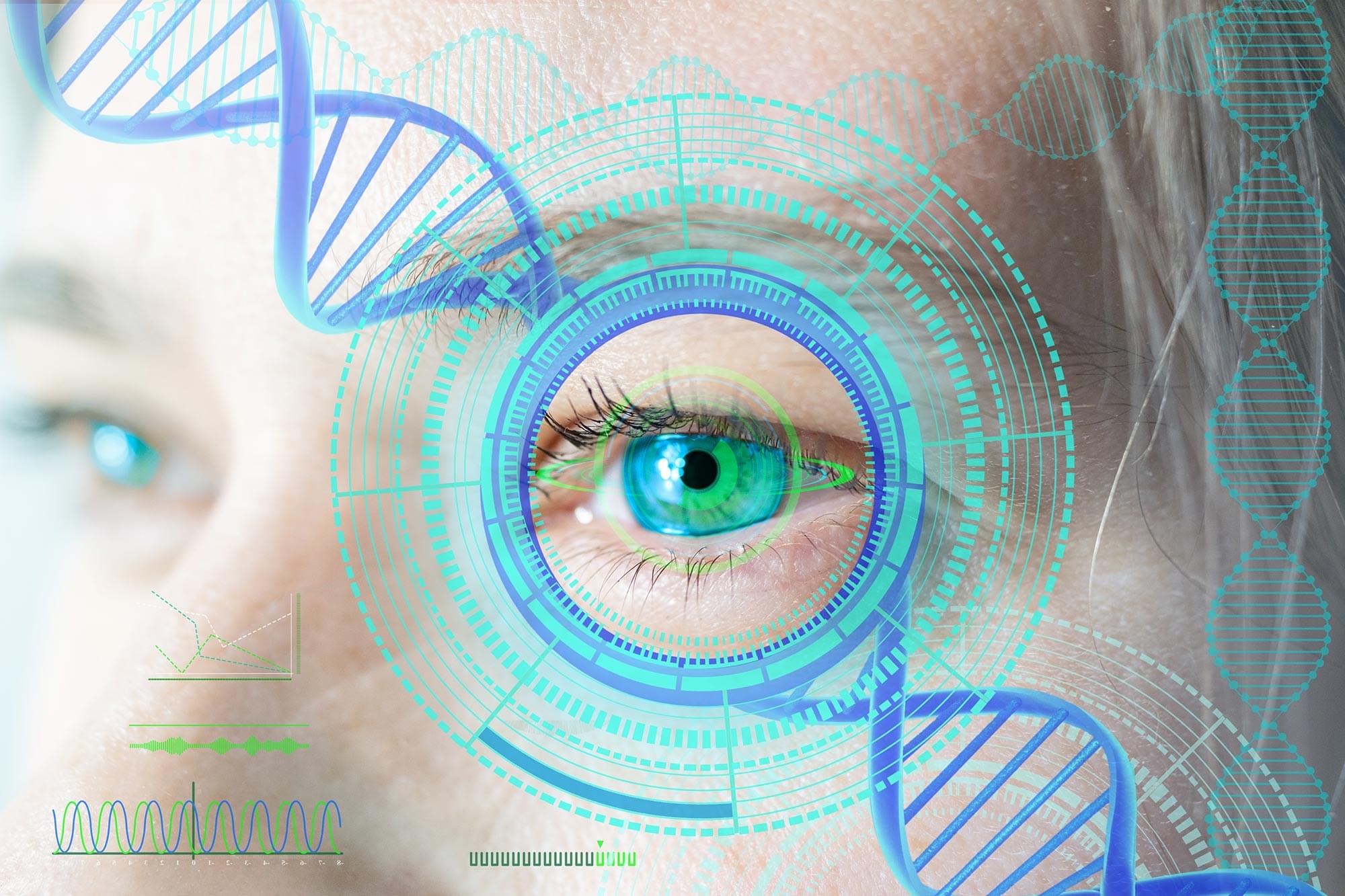Breast cancer (BC) is the most common cancer in the world as well as the most common malignancy in Korean women, and the incidence continues to increase [1, 2]. Due to increased early detection with cancer screening programs and advances in systemic treatment such as chemotherapy, anti-hormone therapy, and human epidermal growth factor 2 (HER2)-targeted therapy, more patients are surviving after treatment for BC [3].
Current surveillance guidelines for follow-up after a diagnosis of BC recommend regular mammography (MMG) and physical examinations as well as further symptom-related laboratory tests and imaging tests, such as computed tomography (CT) or positron emission tomography-CT scans [4, 5]. These guidelines are based on data from clinical trials performed in the early 1990’s, which did not show any survival benefit with the early detection of distant metastasis [6, 7]. However, those clinical trials were mainly conducted using imaging modalities with poor sensitivity (e.g., chest X-ray), physical examinations with examiner-dependent variation of sensitivity (e.g., abdominal sonography), or procedures with limited specificity (e.g., bone scan), and did not include tumor markers (e.g., cancer antigen 15–3 [CA15-3]).
CA15-3 is a serum tumor marker for BC extensively used in clinical practice. CA15-3 is non-invasive, easily available, and a cost-effective tumor marker for immediate diagnosis, monitoring, and prediction of BC in early, advanced, and metastatic BC [8, 9, 10]. However, to the best of our knowledge, its clinical value within normal range has not been assessed. We hypothesized that an elevation of CA15-3 levels which were initially within normal ranges in patients with early BC could affect recurrence of BC; thus, the association between elevated CA15-3 levels and BC recurrence was analyzed in the present study.
